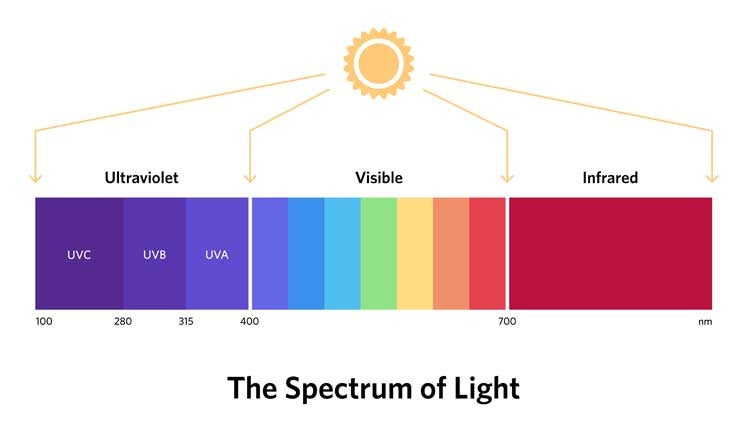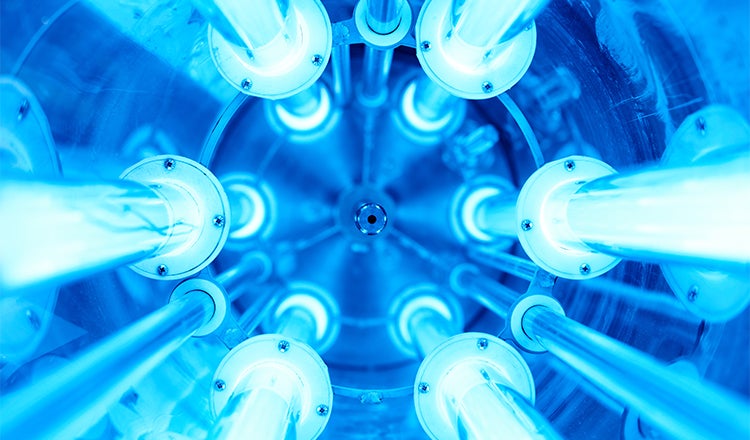
Disinfection Lighting
Public health has dominated the news for almost two years. Vaccines for COVID-19 were developed and brought to market at never-before-seen speed. It is no wonder that the same speed to market has taken place with products designed to disinfect and protect public health.
Within the lighting industry, using light to disinfect is not new, but has become a hot topic. There are tried and true technologies, with peer reviewed testing and industry acceptance as well as new and emerging technologies — many that show promising results and some that are frankly marketing gimmicks. Sifting through the information to determine the right solution for your specific application will require either an investment of time or an investment in a design professional who can help guide you through the process.
Mechanical or lighting engineers are the best place to start, but be careful — not all mechanical and lighting engineers have a comprehensive understanding of germicidal UV and emerging technologies, so ask questions and interview professionals before hiring. Mechanical engineers familiar with GUV are typically most familiar with its use inside air handling units or for upper-air room applications. Lighting engineers familiar with light disinfection may have experience with upper-air GUV, short wave UVC, UVA, and visible 405nm.

Before you can properly evaluate the growing variety of light disinfection products on the market today, you need to understand the technology the product uses.
Germicidal Ultraviolet (254nm)
Germicidal Ultraviolet light (GUV) has been around for years. This technology uses UVC and has been proven to be extremely efficacious. UVC ranges from 200nm to 280nm, with 254nm being the traditional optimal wavelength utilized by GUV equipment. While 254nm light is a very effective disinfection method, it is dangerous for direct human exposure. For this reason, use of this technology has been limited to applications where it is used only in unoccupied rooms, contained within process equipment (air handling units and water treatment systems are examples), or used in upper-air disinfection designs. Upper-air disinfection utilizes indirect fixtures distributing light above the heads of room occupants and shielded from direct view. It relies on proper air circulation making the mechanical engineer an integral member of the design team.
This technology,254nm, is what we know the most about as it has been around the longest. It is important to understand that this technology has been proven effective at inactivating both viruses and bacteria after relatively short exposure durations (exposure times vary by pathogen).
Germicidal Ultraviolet (220nm)
The introduction of LED technology has not only led to visible light innovation, but has led to the discovery of 220nm germicidal ultraviolet. Research has shown that this wavelength, like 254nm, is effective enough to qualify as germicidal — successfully inactivating both bacterial and viral micro-organisms. Initial studies have shown skin exposure safety and testing is underway to determine eye safety. Until this testing is complete and peer reviewed, this technology should be treated with the same human exposure precautions as all ultraviolet radiation.

Visible 405nm
Visible 405nm light was introduced as way to directly disinfect room air and surfaces without harm to room occupants. 405 nm light has been shown to be able to inactivate bacterial and some enveloped viral micro-organisms. It must be noted that this technology requires long exposure times, typically recommending 24/7 operation, and has limited effectiveness with most virial loads. Because this is within the visible spectrum, it is completely safe for human exposure.
Ultraviolet A
UVA operates under similar principles as Visible 405nm, but is not within the visible spectrum. It has limited effectiveness with most virial micro-organisms and requires longer exposure times than UVC. Preliminary testing suggests UVA may be safe for limited human exposure, but until this safety testing is complete and peer reviewed, this technology should be treated with the same human exposure precautions as all ultraviolet radiation.
Choosing the right option for your needs and situation is imperative to ensure the safety of any humans who may encounter the technology. To learn more about disinfection with light, you can utilize resources available through American Society of Heating, Refrigerating and Air-Conditioning Engineers and the Illuminating Engineering Society, or contact Lighting Director Karen Murphy.




